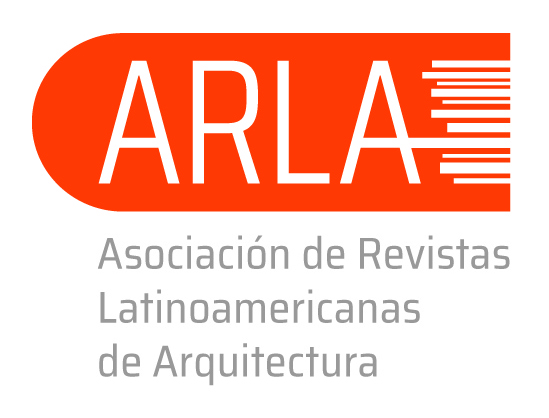Eficiencia energética en viviendas sociales
Incidencia de la envolvente en el consumo eléctrico para mantener el bienestar higrotérmico en los espacios interiores
DOI:
https://doi.org/10.14409/ar.v1i1.925Keywords:
houses’shell; sustainability; rational use of energyAbstract
It is shown here the evaluation of the energy requests for the electromechanical interior conditioning of houses of social interest, considering the thermal behavior of ten types of houses of state and private developments, modelling and simulated by means of specific software. The target was to evaluate the thermal and energetic behavior, the degree of well-being of the users and the saving of energy produced on
having materialized the walls that conforming the envelope of the houses with timber sandwich panels of forests cultivated with sustainable management in the Argentine northeast, in comparison with houses of conventional design and technology of bricks, in the cities of Corrientes and Resistencia, and also the incidence of such variables as the orientation, the form and the emplacement in the energy efficiency,
and in the environmental efficiency of the construction. There tried to be analyzed the way in which the changes in the design of the houses’envelope, generate important differences in the final energy consumption of the houses, and to determine what are the strategies of improvement of the variables considered in the design of houses located in a warm - humid zone. Lower consumptions of electricity registered when the houses of traditional walls of bricks were replacing these walls by timber sandwich
panels proposed.
Published
How to Cite
Issue
Section
License
ACCESO ABIERTO
ARQUISUR Revista es una publicación de acceso abierto y sin ánimo de lucro. No se imputan cargos por la recepción, revisión, evaluación, publicación ni acceso a sus contenidos. Se distribuye bajo una Licencia Creative Commons CC Atribución-NoComercial-SinDerivadas 4.0 Internacional (CC BY-NC-ND 4.0): No se permite un uso comercial de la obra original ni la generación de obras derivadas. Esta licencia no es una licencia libre, y es la más cercana al derecho de autor tradicional.
DESCARGO
Los criterios expuestos en los artículos son de exclusiva responsabilidad de sus autores y no reflejan necesariamente la opinión del Comité Editorial ni de la Dirección Editorial Técnica. Los derechos de los artículos publicados pertenecen a sus autores o editoriales. Los autores ceden sus derechos de publicación al Centro de Ediciones de la Universidad Nacional del Litoral de Santa Fe, Argentina.














